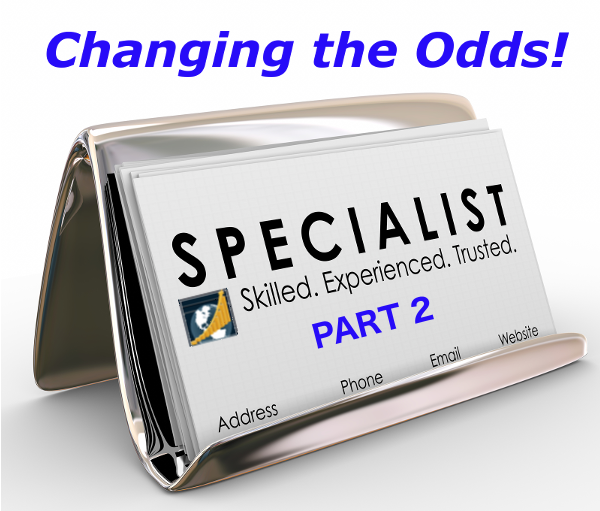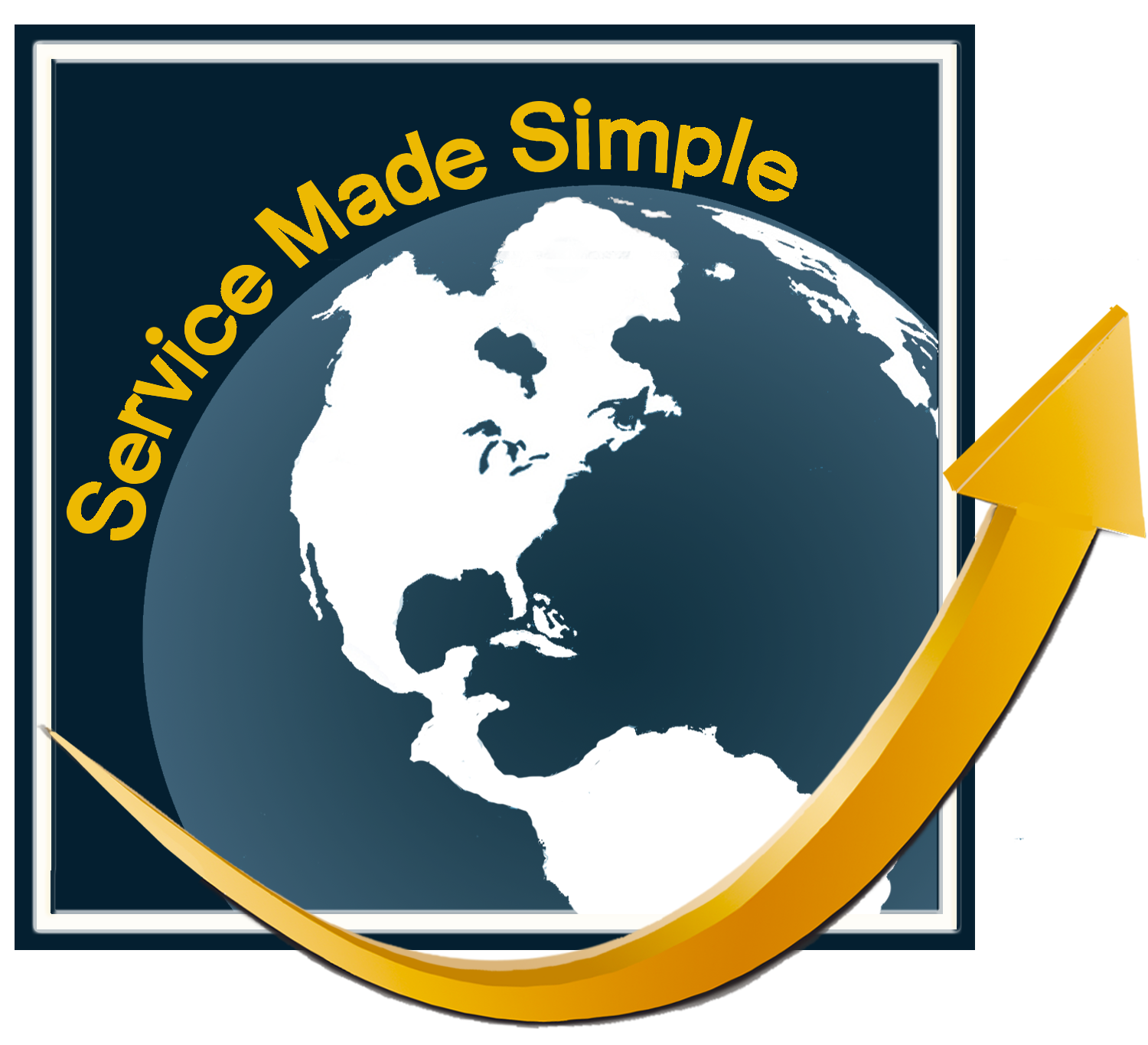
The good news is from Part One – The Risks, now you know what to expect and won’t be surprised as you would have been before. As with any good risk mitigation plan, you need to create a roadmap that addresses the risks that the surprises bring to you achieving your goals and establishing your “100 Day” impression.
Our risk mitigation plan
- Minimize communications of your direction until you know what it is. Be aware casual conversation sets motion
- HBR says it clearly, “power is best used indirectly through disciplined processes that reflect a broader plan of action and articulating strategy… such processes enable you to make effective decisions”
- This doesn’t leave room for interpretation, right or wrong
- Doesn’t undermine your manager and teams’ self-confidence in what they have been doing
- Doesn’t trigger unintended actions from the culture
- Create your 100 day and overall project plans to consider your introduction to the culture
- Understand the culture and find out how to make it a better fit for you
- Create small sprints for adoption of your direction, work products, communications and culture changes
- Allow buy-in, inclusion while setting your priorities and plans
- Plan to rely on others
- According to HBR “make a disciplined effort to stay humble, to revisit your decisions and actions and continue to listen to others
- You need to manage directly to your team that carries the burden and indirectly to theirs. Again to HBR, this is done by “articulating and communicating a clear, easily understood strategy; institutionalizing rigorous structure and process to guide, inform and reward; and setting values and tone”.
- Second guessing in these early stages can demoralize a manager and slow down the progress of their team
- Learn what is really going on and prepare for it in your plan
- Question your team and listen
- Go outside for help. According to HBR, the biggest surprise for New Executives was having to seek external feedback to build a reliable picture.
- Know the maturity of your organization and focus on more than People, Process and Technology
- This is the strengths and weaknesses that you can count on to be successful
- We have found that there are actually 9 items that you want to cover, not just people, process and technology but including things like staff participation/process compliance, communications, vision and governance and of course culture
- Build your plans to include the maturity and the adjustments you need to make
Strong New Executives make the impossible possible every day. They deliver the success and value that their organization was hoping for when they were hired and into the future. I hope the awareness of the lurking surprises and these ideas will help you be one of them.
Have a great first 100 days and long term success!

